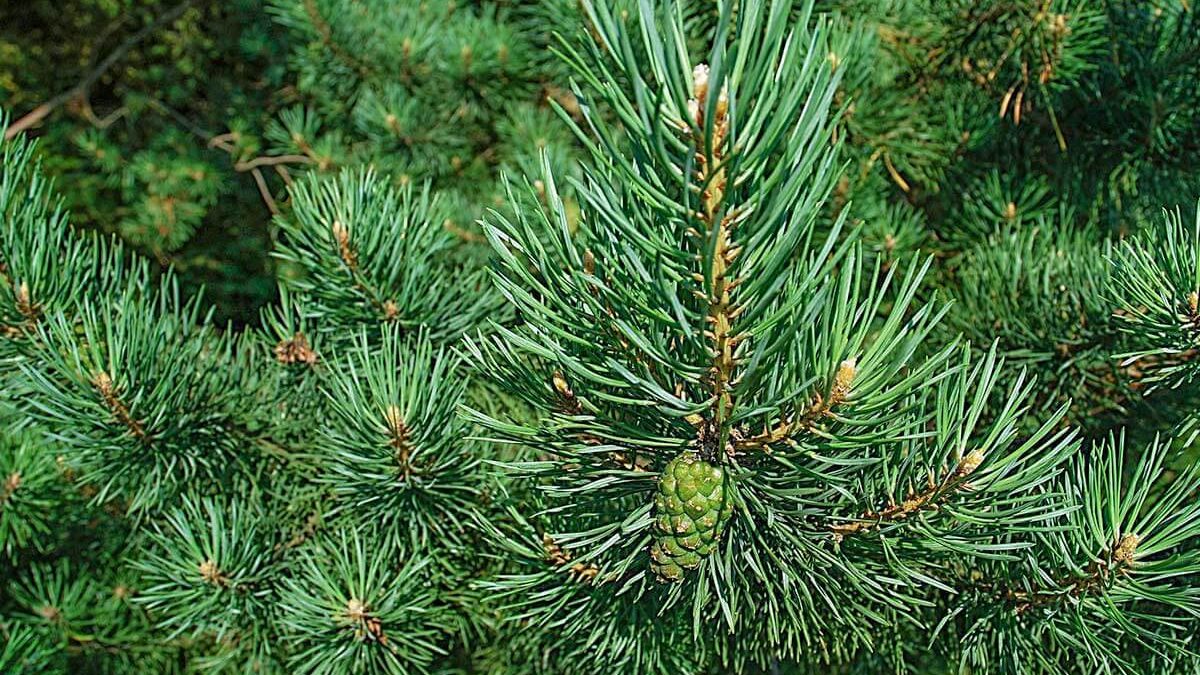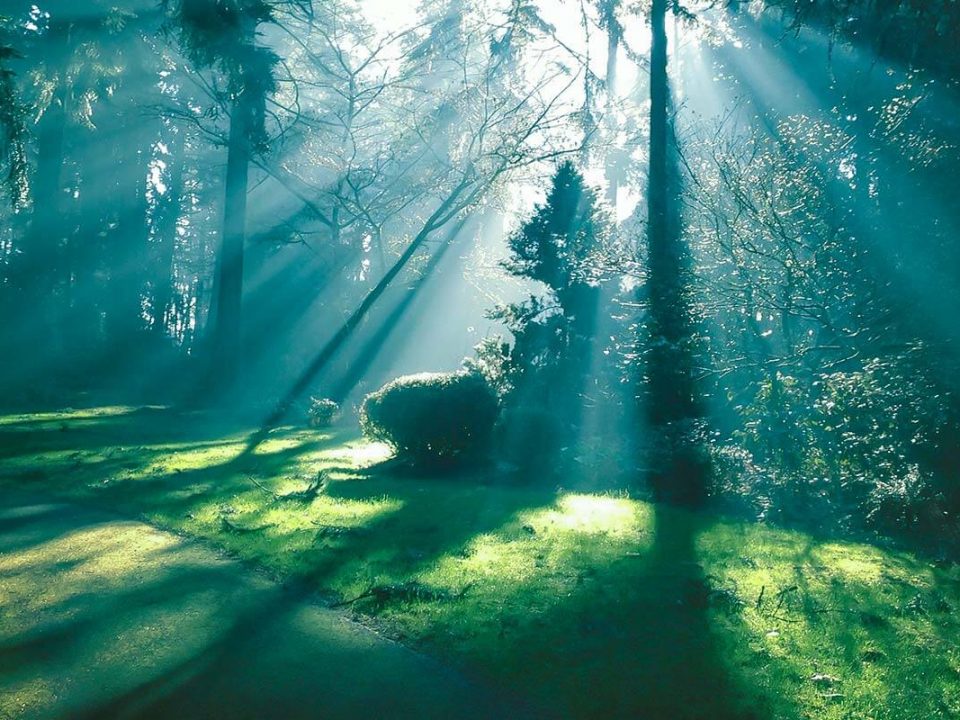What is a Tree Survey?

Defining and Surveying Veteran and Ancient Trees
June 29, 2017A tree survey is an important survey that is performed on private or public landscapes. The goal of the survey is to provide useful information on the trees so that property managers or homeowners can make informed decisions. Based on the information that they receive from the survey, they may then decide what to do with the trees.
A tree survey contains all kinds of detailed information about the trees. A professional arborist usually works with the British Standard BS5837. The Standard helps to determine which trees to be retained, and which trees to be removed. This is a useful guide that everyone can use to make decisions easier. To make full use of this guide, you will need to draw information from the tree survey that has been conducted.
The survey will reveal information such as:
– Species of the tree based on scientific name.
– Physical measurements of the tree such as height and diameter.
– Age of the tree.
– Overall health of the tree.
– Life expectancy.
– Management recommendations.
In fact, in some regions, a tree survey is mandatory. This is to prevent a protected tree from being cut down accidentally (based on the Wildlife and Countryside Act). But mostly, people conduct tree surveys because they have the intention to build some on the land, perhaps somewhere near the locations of the trees. In this instance, a tree survey becomes extremely important.
The information retrieved from a tree survey can be useful to many people. For instance, the landscape designer can come up with computer designs based on the information collected. Such drafts are more realistic, because of the input of accurate information. It is almost impossible to come up with an accurate draft without the information from the tree survey.
The landscape designer may decide to keep some trees so as to increase the overall value of the property. Those that cannot be removed by law, can be incorporated into the design so that they look as part of the overall landscape instead of standing out like a sore thumb.
In addition, a tree survey can also point out certain hazards. For example, a tree may fall any moment (especially when there is a strong wind or foul weather) due to fungal decay. In this case, it is better to have the tree removed. These are safety aspects that need to be taken care of.
In general, a comprehensive tree survey will give you a good sense of what is on a particular piece of land. Sound decisions can then be made in the best interests of all parties, including the relevant authorities.
The surveys should be conducted by a trained and qualified arboriculturalist. He or she will be able to present the information in an easy to understand manner. All trees will be tagged with special tags and numbers. These numbers can be cross referenced with a special summary table, which reveals the meanings of these tags and numbers. Only after a tree survey should actual work start on a piece of land.

